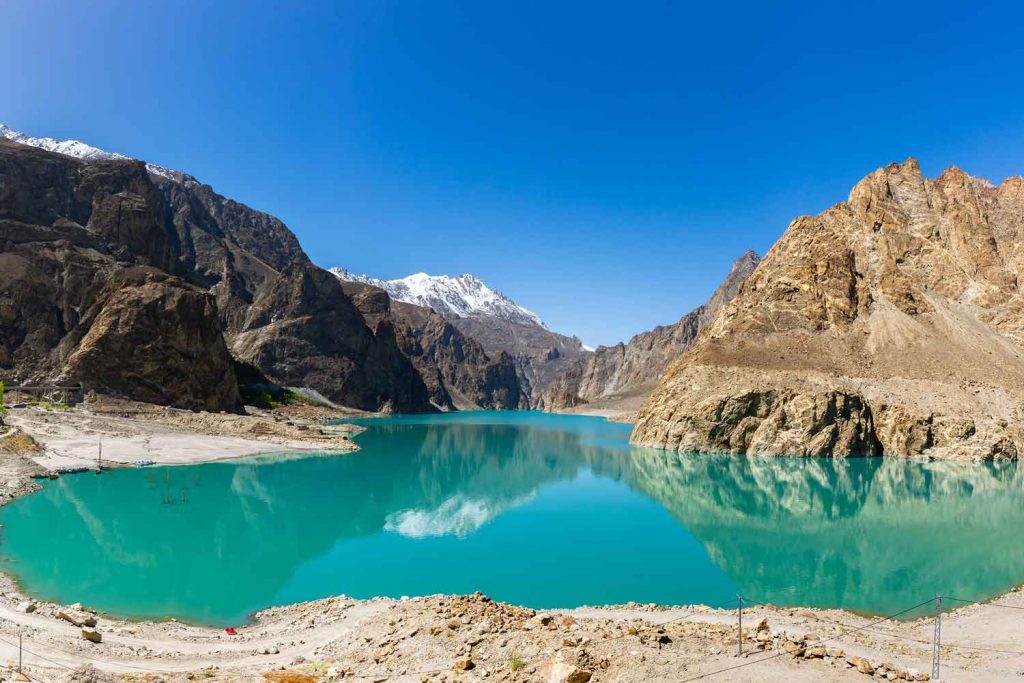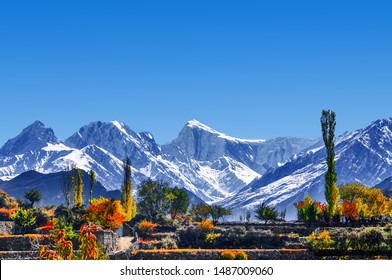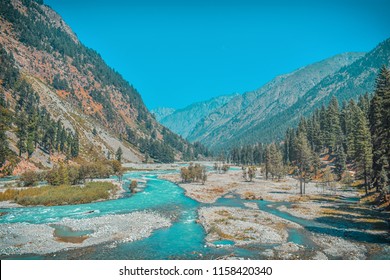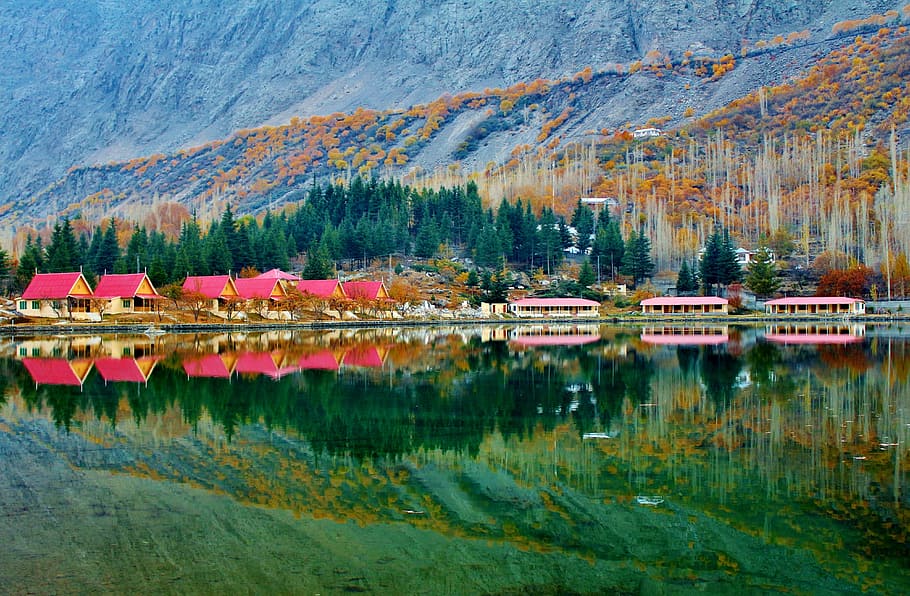
Traveling.
The term traveling originates from the vintage French phrase ‘travail’ which intended heavy labor. Journey refers back to the motion of people or items including airplanes, boats, trains, and other conveyances among numerous distant geographical locations. Every other "etymologically for the arena tour as cautioned via Theobald in 1994 is that its miles derived from the Latin, 'tornare' and the Greek, 'tornos', which means a lathe or circle and the motion around a central point or axis. This meaning changed in current English to symbolize 'one's flip ‘and that they recommend the movement of movement around a circle. The argument is that a circle represents a place to begin, which ultimately returns to its starting. Consequently, like a circle, a tour represents a journey in that it's miles a spherical trip, i.e., the act of leaving after which returning to the unique starting point, and consequently, one that takes this type of journey can be called a tourist.
Tourism.
Tourism in our minds is connected with excursions, vacations, pleasure, tours and travels, points of interest, ancient or scenic places, and going or arriving somewhere. Tourism is commonplace since the pre-business age and some non-unusual examples are cruises on the Nile River, excursions made by rich Egyptians, Greeks, and Romans, and the grand excursion. People tour for a quick-time period to different places from their everyday place of residence and throughout those brief visits eat items and offerings like transportation, lodging, and many others., and the entire process is known as tourism. The tourism enterprise revolves around presenting leisure and fulfilling stories. Subsequently the period of ‘tourism’ is made from several social practices and stories, signifying a 'departure' from normal mundane existence.
Importance.
Traveling and Tourism give possibilities to people from all walks of existence, helping susceptible organizations, together with minorities, young people, and women among others. More nonviolent and more tolerant. Tourism is a driving force for peace. It helps sell tolerance between human beings as they analyze and better understand every other's culture. In developing countries with the aid of providing jobs, generating earnings, diversifying the economic system, defensive the surroundings, and promoting go-cultural consciousness. Tourism is the fourth-biggest industry in the global economic system. Tour takes us out of our comfort zones and encourages us to peer, taste, and try new things. It constantly challenges us, now not simplest to conform to and explore new environments, but additionally to interact with extraordinary human beings, to include adventures as they come, and to proportion new and significant studies with friends and cherished ones.
A trip is a suitable time to do something extraordinary and thrilling, particularly something you cannot do at home.
Benefits.
Traveling and tourism bring many benefits, some of which are discussed below.
1. Growth and boost in monetary sports.
2. Increase huge-scale enterprise sales.
3. Infrastructure development.
4. Countries stepped forward emblem photograph.
5. Source of foreign exchange earnings.
6. Source of employment generation.
Places for traveling and tourism in Pakistan.
There are many places where we go for traveling and exploring the beauty of our beloved country Pakistan. Some of them which are discussed below:
1. Hunza Valley.
The Hunza Valley is a mountainous valley inside the northern part of the Gilgit-Baltistan region of Pakistan, fashioned through the Hunza River, bordering Ishkoman to the northwest, Shigar to the southeast, Afghanistan's Wakhan hall to the north, and the Xinjiang area of China to the northeast. The Hunza Valley floor is at an elevation of 2,438 meters (7,999 toes). Geographically, the Hunza Valley includes 3 regions: top Hunza (Gojal), significant Hunza, and lower Hunza (Shinkai). Hunza Valley is likewise web-hosting the ancient watchtowers in Garnish, Baltit fort, and Altit citadel. Watchtowers are placed inside the coronary heart of Ganish Village. Baltit castle stands on the pinnacle of Karimabad, while Altit castle lies at the bottom of the valley. In the 8th-century advert, a huge Buddha is surrounded by small Buddhisatvas turned carved on a rock. Pre-ancient men and animal figures are carved on rocks along the valley. Some lakes like Attabad Lake, Borith Lake, Shimshal Lakes, and Hassanabad Lake are positioned in Hunza.
Khunjerab Pass is a 4693-meter-high mountain skip within the Karakoram Mountains. It's far in a strategic position at the northern border of Pakistan and the southwest border of China and is also located in Hunza.

2. Swat Kalam.
Kalam is a valley positioned at a distance of 99 kilometers (62 miles) from Mingora in the northern higher reaches of Swat valley along the financial institution of Swat River in the KPK province of Pakistan. At an elevation of approximately 2,000 m (6,600 feet) above sea stage, the valley presents room for a plateau positioned above the river and used for farming. Some mountains are also visible from Milton, a valley near Kalam Valley, inclusive of Mount Falaksar five,918 meters (19,416 ft), and any other unnamed height of 6,096 meters (20,000 feet) high.
Kalam has a huge variety of alpine glacial lakes. Two high-quality lakes inside the Kalam Valley are Mahodand lake and Kundol lake, both of which can be regularly visited due to their smooth get admission to routes. Other lakes inside the region, consisting of Izmis lake, are more difficult to enter and want to be achieved so on foot.

3. Skardu.
Skardu is a town placed in Gilgit−Baltistan, a part of Pakistan-administered Kashmir. Skardu serves because of the capital of the Skardu District and the Baltistan division. Skardu is situated at an elevation of nearly 2,500 meters (8,202 toes) in the Skardu Valley, at the confluence of the Indus and Shigar Rivers. The metropolis is a critical gateway to the eight thousand of the nearby Karakoram Mountain variety. The Indus River walking thru the place separates the Karakoram from the Himalayas. The Skardu Valley, at the confluence of the Indus and Shigar Rivers, is 10 kilometers (6 miles) wide through 40 kilometers (25 miles) long. Lively erosion inside the nearby Karakoram Mountains has resulted in enormous deposits of sediment at some points of the Skardu valley. Glaciers from the Indus and Shigar valleys broadened the Skardu valley between 3.2 million years in the past as much as the Holocene about eleven, 700 years ago.




You must be logged in to post a comment.